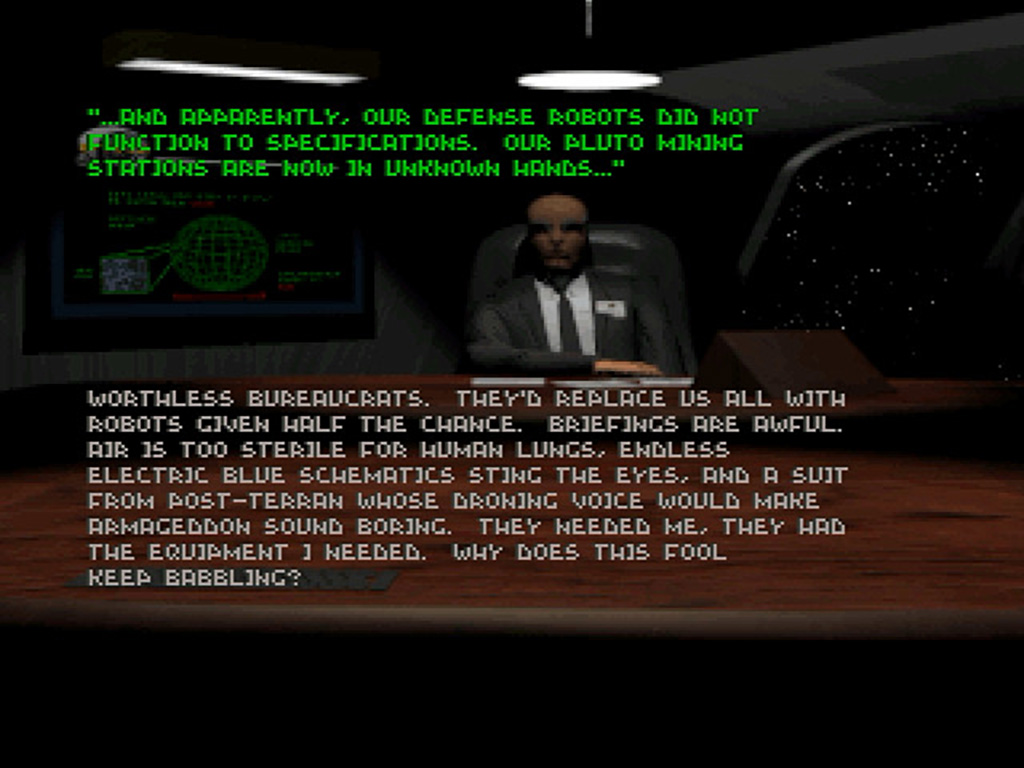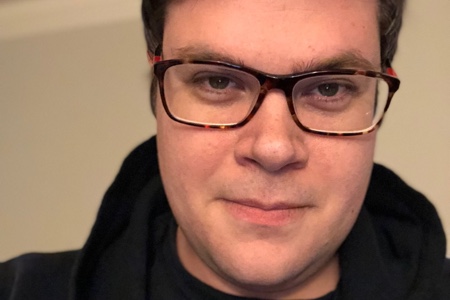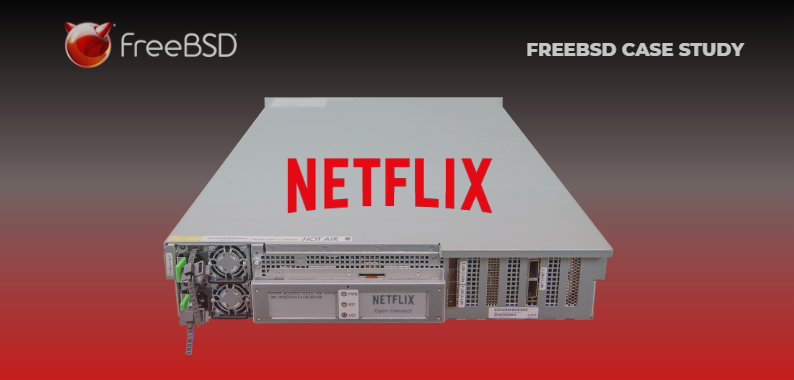Descent is a big part of gaming history, but not many people talk about it.
The sound these enemies make is an instant hit of menacing nostalgia. Credit: GOG
I maintain a to-do list of story ideas to write at Ars, and for about a year "monthly column on DOS games I love" has been near the top of the list. When we spoke with the team at GOG, it felt less like an obligation and more like a way to add another cool angle to what I was already planning to do.
I'm going to start with the PC game I played most in high school and the one that introduced me to the very idea of online play. That game is Descent.
As far as I can recall, Descent was the first shooter to be fully 3D with six degrees of freedom. It's not often in today's gaming world that you get something completely and totally new, but that's exactly what Descent was 30 years ago in 1995.
Developed by Parallax Software and published by Interplay, the game was a huge success at the time, moving millions of copies in a market where only an elite few had ever achieved that. It was distributed in part via shareware and played a role in keeping that model alive and bringing it from the just-retail-and-friends-sharing-floppies era to the Internet-download era.
And fittingly for this list, Descent is also a part of GOG history. For one thing, it was one of the launch titles for GOG's open beta in 2008. Later, it and its sequels mysteriously disappeared from the platform in 2015. It came out that the game's publisher had not been paying royalties as owed to the developer, leading to a breakdown in the relationship that resulted in the game being pulled from all storefronts. In 2017, the Descent titles returned to GOG and other digital sales platforms.
Unfortunately, the story of the most prominent studio that evolved from the one that originally made Descent ended sadly, as is so often the case for classic studios these days. Parallax morphed into Volition, the company that most recently made the Saints Row games, among others. Volition was acquired by Embracer Group, a holding company that has made a reputation for itself by gutting storied studios and laying off industry luminaries. Volition was among the ones it shuttered completely.
So, let's pour one out for Parallax->Volition and take a flight through the memory of Descent's evil-robot-infested mines.
Single player
I played Descent when I was a teenager. Obviously, some of you were older, playing it in college or well into adulthood. Others reading this probably weren't even born when it came out. But for me, this was a defining game of my teenage years, alongside Mechwarrior 2, Command & Conquer, Meridian 59, Civilization II, and The Elder Scrolls II: Daggerfall.
I remember my friend giving me the shareware demo, telling me that it was the most technically impressive and visceral thing he'd ever played. I installed it and launched it, and the whole vibe immediately resonated with me: It was just the kind of gritty, corpo-sci-fi I loved then and still do today.
It took some getting used to, though. The default keyboard controls were not great, and it was a lot to learn trying to operate in so many axes of movement and rotation. I'll admit I had trouble making it stick at first.
That changed a few months later; the same friend who was obsessed with Descent often played the tabletop game BattleTech with his brother and me, and so we were all eyeing Mechwarrior 2—which launched not long after Descent—with great interest. I had never purchased a flight stick before, but that seemed important for Mechwarrior 2, so I did, and that was the secret to unlocking Descent's charms for me.
(Of course, the GOG version of Descent and various community patches offer mouse support, so it's far easier to get into without extra hardware now than it was back then.)
Once my flying went from chaos to control, I became completely hooked. I beat the game more than a dozen times, though I'll admit in the later playthroughs I made liberal use of cheats (gabbagabbahey!).
I loved the loop of destroying the reactor then escaping through the labyrinthine tunnels—something I don't think many other games have truly copied since then. I loved the music (though Descent 2's astoundingly good soundtrack by Skinny Puppy far surpassed it) and the process of getting better at the movement through practice.

The story is minimal, but something about the vibes just work for me in that '80s anti-corporate sci-fi sort of way. Credit: GOG
I played so much that as I improved, I found even the harder difficulty levels were not enough to challenge me. That's when the world of online deathmatches (or Anarchy, as Descent called the mode) opened to me for the first time.
Multiplayer
To be clear, I had played some multiplayer games online before, but up to that point, that only included text MUDs. I loved MUDs and still do, but there's nothing like a fast-paced, action-packed online deathmatch.
It started with playing with my friends via direct dial-up; I have distinct memories of Descent Anarchy matches that were interrupted at pivotal moments by parents picking up the phone to make a call and inadvertently killing the connection.
As a side note, it turns out that my colleague Lee Hutchinson was also heavily into Descent matches with his friends, and he was so kind as to provide a short clip of one of those original matches from 30 years ago to include here, which you can watch below. (Unfortunately, I was not so forward thinking as Lee, and I did not preserve my replays for posterity.)
Lee Hutchinson attempting to defeat his friend with flares
I was the first of my friends to put in the effort to test my skills against the wider world. My memory of the details is fuzzy, but as I recall, online matches were arranged through Kali, an MS-DOS emulator of the IPX protocol for TCP/IP connections. It was nontrivial to set up, but it could have been worse.
I still remember, like it was last week, the Friday night I spent playing Descent online for the first time. It was a defining moment of my gamer origin story.
I'm not saying it was the best-balanced game in the world; balance was barely a thought then, and multiplayer game design was nascent. But the range of skills, the trash talk (which I'm not into now, but at the time I enjoyed, being the young punk I was), the rage-inducing lag: these were all a taste of an experience I still enjoy to this day in games like Call of Duty, The Finals, and Overwatch 2, among others.
Maybe it's pure nostalgia talking, but there was nothing quite like playing Descent on Kali.
Entering the mines in 2025
For this article, I spent several hours playing Descent for the first time in I don't even know how long. It was just as fun as I remembered. I was surprised at how well it holds up today, apart from the visual presentation.
Fortunately, the game's community has done an amazing job with patches. DXX-Rebirth and DXX-Redux add support for modern display resolutions, bring much-needed quality of life and input changes, and more. In my opinion, you shouldn't even launch the game without installing one of them. The GOG version has the essential tweaks to make the game run on modern systems and input devices, but these community patches go the extra mile to make it feel more like a modern remaster without sacrificing the art or vibe of the original release in any way.
Single-player is easier to get into than ever, and you might be surprised to learn that there are still people playing multiplayer. A "getting started guide" post by Reddit user XVXCHILLYBUSXVX lists Discord channels you can join to arrange games with other players; some have regularly scheduled matches in addition to impromptu, ad hoc matchups.
If you give it a shot, maybe you'll run into me there. Or at least, you'll run into my mega missile!
Ars Technica may earn compensation for sales from links on this post through affiliate programs.
Samuel Axon is the editorial lead for tech and gaming coverage at Ars Technica. He covers AI, software development, gaming, entertainment, and mixed reality. He has been writing about gaming and technology for nearly two decades at Engadget, PC World, Mashable, Vice, Polygon, Wired, and others. He previously ran a marketing and PR agency in the gaming industry, led editorial for the TV network CBS, and worked on social media marketing strategy for Samsung Mobile at the creative agency SPCSHP. He also is an independent software and game developer for iOS, Windows, and other platforms, and he is a graduate of DePaul University, where he studied interactive media and software development.
.png)





